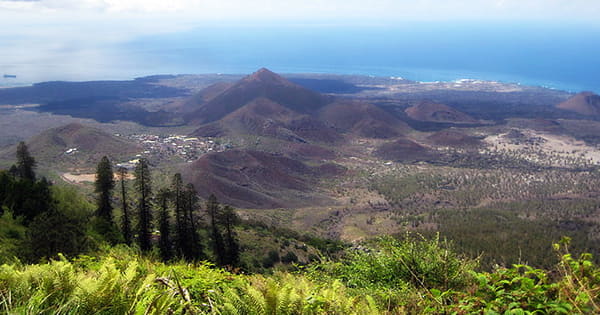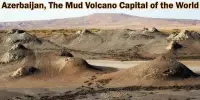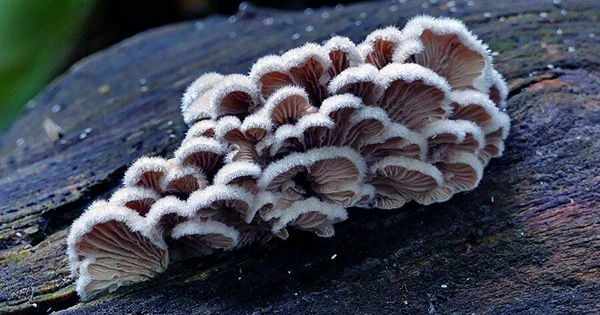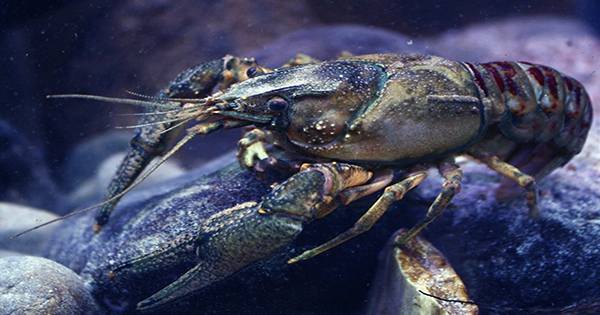Ascension Island is part of a British Overseas Territory under the British Crown (now known as St Helena, Ascension, and Tristan da Cunha). It is a small volcanic island in the South Atlantic Ocean, 7°56′ south of the Equator. It’s roughly 1,000 miles (1,600 kilometers) from Africa’s coast and 1,400 miles (2,300 kilometers) from Brazil. Ascension is a dormant volcanic island in the mid-Atlantic volcanic ridge, similar to Tristan da Cunha and the Azores. It is one of the world’s largest maritime protected zones.
The deepwater collides with the distant mountains here, leaving the island as the little visible point of a huge 3,200-meter peak. The BBC, the RAF, the US Air Force, and the European Space Agency all have communications centers on the 34-square-mile (88-square-kilometer) island, which also houses one of four ground antennas that aid in the functioning of the Global Positioning System (GPS) navigational system. On Ascension Island, NASA also maintains a Meter Class Autonomous Telescope (MCAT) for detecting orbital debris.
Ascension Island is part of the British Overseas Territory of Saint Helena, Ascension, and Tristan da Cunha, with Saint Helena, the main island, located 800 miles (1,300 kilometers) to the southeast. Georgetown is the island’s principal settlement and administrative center. Ascension is the smallest of the islands and is unique in that it has a high-abundance/low-diversity subtropical system.

The bulk of the flora found there was imported by man in an attempt to change the climate of the island, which is distinguished by a lack of vegetation in its lower parts. Ascension Island was an important safe haven for seafarers and a refueling stop for commercial airliners back in the days of international air travel by flying boats. It was named after the day of its reported discovery, the Ascension of Jesus.
The island is primarily a desert of dormant volcano craters and vast lava flows, save for the heights of Green Mountain (2,817 feet (859 meters), where fruit, vegetables, and animals are cultivated. Green Mountain National Park, at 859 meters above sea level, is unusual as an almost entirely man-made environment with species that do not normally cohabit. There are no streams on the surface. Some freshwater is produced by catchment basins built on Green Mountain in the 19th century, although desalinization facilities provide the majority of the island’s water supply.
It served as a major naval and air station during World War II, supplying antisubmarine warfare bases during the Battle of the Atlantic. From October 22, 1815, through October 22, 1922, the British Admiralty garrisoned Ascension Island. Because of their remoteness, the island’s workers (the island’s sole residents) are kind and welcoming. There is no permanent or indigenous population.
The island is recognized to be a worldwide biodiversity hotspot; in addition to 44 unique species, the seas around the island are home to a variety of significant fish species such as bigeye tuna, yellowfin tuna, albacore tuna, swordfish, marlin, sailfish, and blue sharks. The sandy beaches are vulnerable to high oceanic surges because they are not sheltered by coral reefs, yet they are important nesting grounds for the internationally endangered green sea turtles, which come ashore to lay eggs between January and April. Sooty terns are also prolific breeders.
Temperatures range from 20 to 31 degrees Celsius in this subtropical environment. Showers occur throughout the year, with the rainiest months being January-April. For most of the year, the island is influenced by the SE trade winds. Following the eradication of the island’s feral cats in the early twenty-first century, colonies of other species like as the masked booby, brown booby, and red-billed tropicbird began to recolonize the island, but not the internationally threatened native Ascension frigate bird. Ascension is a geologically young structure, the top of an underwater volcano that a million years ago erupted above the seas.
Although volcanic activity is mostly connected with the Mid-Atlantic Ridge plate boundary 80 kilometers to the west, Ascension also exhibits certain characteristics associated with “hotspot” volcanism. The administration of Ascension Island announced intentions to declare the island’s seas as a marine protected area on August 24. (MPA). The classification would make it the Atlantic Ocean’s biggest MPA, encompassing 440,000 square kilometers (about the size of California).
Ascension last erupted around 500 years ago, and its soil is mainly clinker due to limited rainfall and geologically recent eruptions. By prohibiting commercial fishing and extractive industries, the region will get the greatest level of marine protection once implemented. The island is made up of a diverse spectrum of alkaline rocks, including basalt, trachyandesite, trachyte, and rhyolite, which are unusual for maritime islands.
An unprovoked shark attack occurred in July 2017 near English Bay on Ascension Island, involving a US person who was paddle-boarding around 30 meters offshore. “Entering the sea on Ascension must be avoided till further notice,” the island administration told swimmers. Ascension, along with Saint Helena and Tristan da Cunha, was a British overseas colony that was administered by St Helena until it gained its own constitution.
















